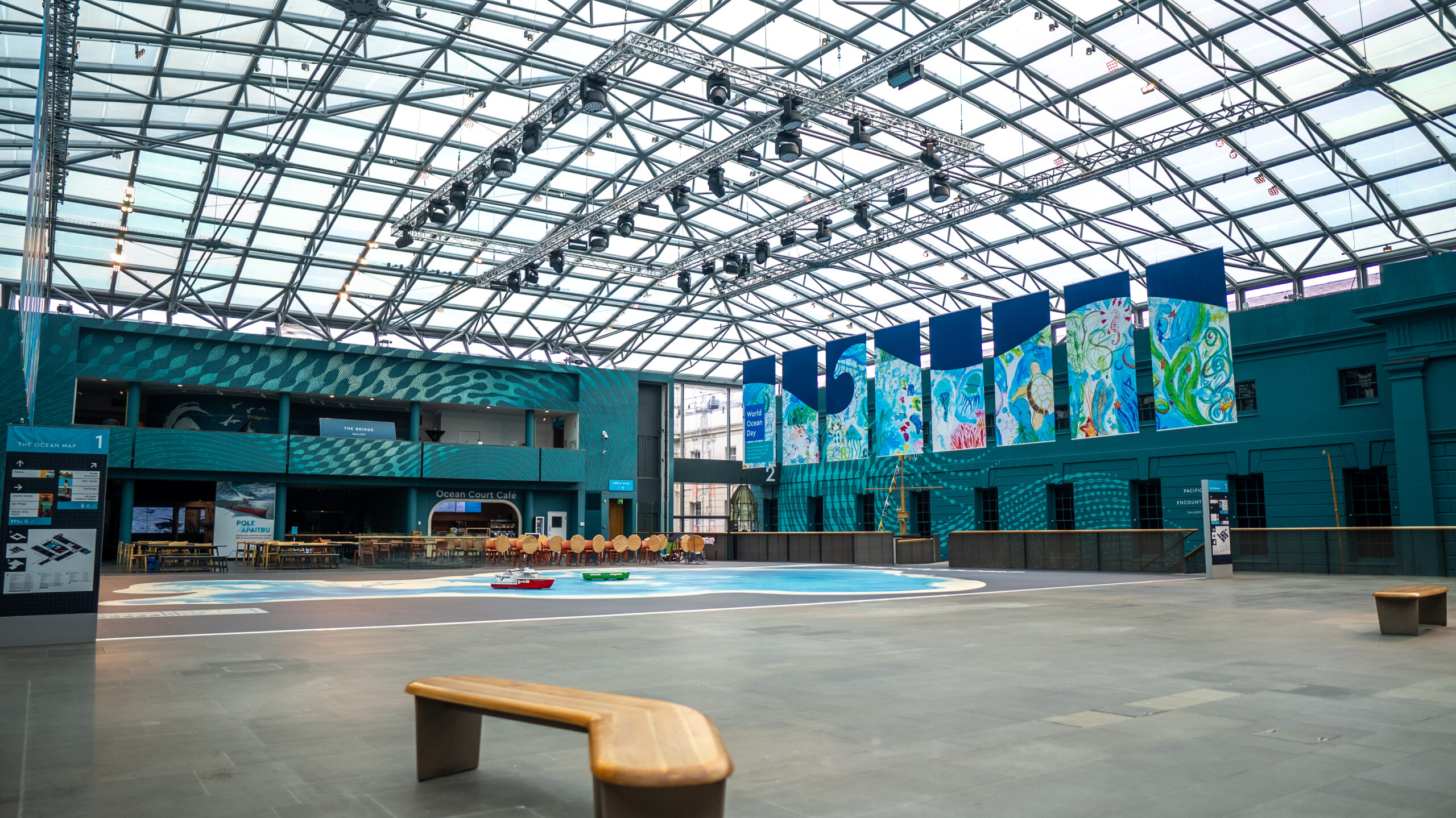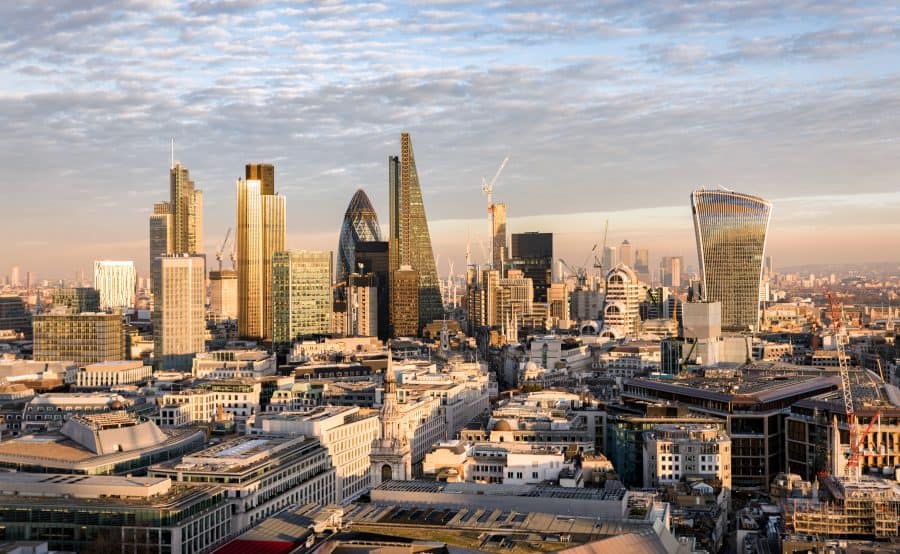What if the space we need is already around us – it just needs rethinking?
Across London and the UK, thousands of offices, hospitals, and public buildings are underused or no longer meet modern expectations. Instead of demolishing and rebuilding, attention has turned to a smarter approach: ‘retrofit-first’. This strategy prioritises reusing, adapting, and upgrading existing buildings rather than starting from scratch.
Willmott Dixon Interiors believe that retrofit-first isn’t just the sustainable choice, it is the strategic one. By retaining existing structures, improving energy efficiency, and reducing waste, retrofit-first supports the UK’s climate action strategy and its goal of net zero by 2040, while also delivering faster and more cost-effective building solutions.
In this article, we explore what retrofit-first is, why it is essential for sustainability and net zero, how the City of London is embedding it in planning policy, and how Willmott Dixon Interiors can help deliver successful retrofit projects.
What is Retrofit-First?
Retrofit-first is an approach that prioritises reusing, adapting, and upgrading existing buildings before considering demolition and new construction. Instead of starting from scratch, retrofit-first looks at how a building’s structure, systems, and fabrics can be retained and improved to meet modern needs.
This approach is crucial to the UK’s climate action strategy because it significantly reduces embodied carbon from demolition and new construction, which accounts for a large portion of building-related emissions. By upgrading and reusing existing buildings, retrofit-first helps the country move towards net zero by 2040 while meeting growing demands for commercial and public space.
Benefits of a Retrofit-First Approach
Choosing to retrofit rather than rebuild delivers a powerful combination of environmental, financial, and social benefits:
- Lower carbon footprint: Retrofitting can cut whole-life carbon emissions by up to 60%, supporting the UK’s net zero targets.
- Policy compliance: With the City of London and other councils adopting retrofit-first policies, developers gain a smoother path through planning by prioritising reuse.
- Cost efficiency: Working with what already exists often makes retrofit a more budget-friendly option than full demolition and rebuild.
- Faster delivery with less disruption: Retrofit projects are generally quicker and cause less disruption for surrounding communities and businesses.
- Heritage and identity: Retaining existing structures preserves the character of London’s built environment while creating spaces that meet modern needs.
This approach represents a win-win: it reduces environmental impact while delivering commercially viable, future-ready buildings.
City of London Corporation: Planning for Sustainability SPD
As of February 19th, 2025, the City of London Corporation has outlined its retrofit-first approach in the Planning for Sustainability Supplementary Planning Document (SPD). This is part of a climate action strategy to reach net zero by 2040, as well as facilitate the delivery of 1.2 million square metres of commercial floor space by the same year.
In Central London alone, more than 1,200 office buildings are considered ‘prime retrofit opportunities’, illustrating the large number of commercial spaces that could benefit from this approach. The City’s strategy has already resulted in numerous office-led refurbishment projects, each retaining at least 50% of the existing superstructure by mass, along with other building fabric that would otherwise have been demolished.
Building on this commitment, the Draft City Plan 2040 establishes a ‘retrofit fast track’, guiding office developments to preserve most of their existing structures, enhance sustainability, and accommodate a range of new purposes, including education, hotels, and cultural uses.
Retrofit Services from Willmott Dixon Interiors
For over 170 years, retrofit company Willmott Dixon Interiors has been transforming buildings and protecting the legacies within them. We specialise in delivering high-performance retrofit solutions that transform existing buildings into energy-efficient, future-ready spaces. Whether it is improving sustainability, enhancing operational efficiency, or meeting new regulatory standards, our expertise ensures minimal disruption while maximising long-term value.
A recent example is our £12.3 million refurbishment of the central glazed roof at the Grade I listed National Maritime Museum in Greenwich. The project focused on improving the building’s energy performance and environmental impact by installing 2,550 sq m of solar-protective glazing, upgrading MEP systems and recycling all removed glazing units. These improvements have reduced solar heat gain, enhanced thermal and acoustic comfort, and extended the lifespan of the historic structure while supporting the museum’s long-term sustainability goals.

For us, retrofit-first isn’t a trend — it’s our commitment to the future. Get in touch today to explore how we can help you rethink your existing space with our retrofit services.
